Types of Educational Videos: Choosing the Right Format for Digital Learning
Which video format is best for education? Discover the most effective types of educational videos, from green screen recordings to interactive VR learning experiences!

Educational videos are one of the most powerful tools in digital learning, enhancing knowledge transfer, engagement, and overall learning experience. However, each type of educational content requires a different approach and visual style. Choosing the right video format is essential for achieving learning objectives effectively.
In this article, we will explore the most common types of educational videos, when to use them, and their advantages.
1. Green Screen (Chroma Key) Videos

Definition:
Green screen technology allows instructors or presenters to be superimposed onto digital backgrounds, graphics, or animations, creating a dynamic learning experience.
✅ Advantages:
- Creates a professional and polished appearance.
- Combines the instructor with relevant visuals for better comprehension.
- Backgrounds can be customized for different topics and scenarios.
✅ Best Used For:
- Corporate training videos
- eLearning courses
- Promotional and announcement videos
2. On-Site (Live-Action) Filming

Definition:
Filming in real-world environments, allowing instructors, experts, or employees to present educational content in an authentic setting.
✅ Advantages:
- Provides a realistic and credible learning experience.
- Ideal for hands-on and practical training.
- Demonstrates real-world workflows effectively.
✅ Best Used For:
- Workplace safety training
- Industrial and field training
- Customer service scenarios
3. Role-Play Videos

Definition:
Simulated real-life situations where actors or employees demonstrate how to handle various scenarios, enhancing observational and decision-making skills.
✅ Advantages:
- Encourages empathy and practical skill development.
- Helps learners understand real-world applications of concepts.
- Great for interactive and discussion-based learning.
✅ Best Used For:
- Customer service and sales training
- Leadership and management courses
- HR and communication training
4. Motion Graphics

Definition:
A type of animation that uses moving text, shapes, icons, and graphics to present information visually.
✅ Advantages:
- Simplifies complex topics.
- Delivers information in a visually appealing and engaging way.
- Can be customized to match branding.
✅ Best Used For:
- Corporate presentations and training
- Process explanations
- Product or service introductions
5. 2D Character Animation

Definition:
A storytelling-based animation style that features cartoon characters to make learning more engaging and relatable.
✅ Advantages:
- Adds an element of fun to learning.
- Enhances retention through storytelling.
- More budget-friendly compared to live-action videos.
✅ Best Used For:
- Children’s educational content
- Soft skills training (communication, teamwork, etc.)
- eLearning modules
6. 3D Animation

Definition:
Three-dimensional animation used for detailed visual representation, especially in technical or scientific fields.
✅ Advantages:
- Provides in-depth visualization of concepts.
- Demonstrates machinery, devices, and processes with high accuracy.
- Can be integrated with simulation-based learning.
✅ Best Used For:
- Engineering and industrial training
- Medical and healthcare education
- Product demonstrations and prototyping
7. Whiteboard Animation

Definition:
A hand-drawn style video where concepts are illustrated on a whiteboard in a step-by-step manner.
✅ Advantages:
- Simple yet highly effective for explaining concepts.
- Helps learners focus on the key message.
- Cost-effective and quick to produce.
✅ Best Used For:
- Concept explanations
- Training and instructional videos
- Summaries of complex topics
8. Screen Recording & Software Training Videos

Definition:
Videos that capture on-screen activities, often with voiceover narration, to demonstrate software usage or processes.
✅ Advantages:
- Step-by-step learning approach.
- Perfect for software training and technical skills development.
- Easy to create and update.
✅ Best Used For:
- Software tutorials
- Online courses
- Web and app usage guides
9. Videocast (Video Podcast)

Definition:
A video version of a podcast, featuring discussions with experts, instructors, or guests on various topics.
✅ Advantages:
- Facilitates expert knowledge sharing.
- Can be easily distributed on platforms like YouTube and LinkedIn.
- Creates a relaxed, conversational learning atmosphere.
✅ Best Used For:
- Guest interviews and expert talks
- eLearning discussions
- Digital learning communities
10. Interactive Videos

Definition:
Videos where viewers can interact with the content by making choices, leading to different outcomes or pathways.
✅ Advantages:
- Transforms passive viewers into active participants.
- Enhances personalized learning experiences.
- Simulates real-world decision-making scenarios.
✅ Best Used For:
- Customer service and communication training
- Professional development courses
- Emergency response simulations
11. 360° VR (Virtual Reality) Videos
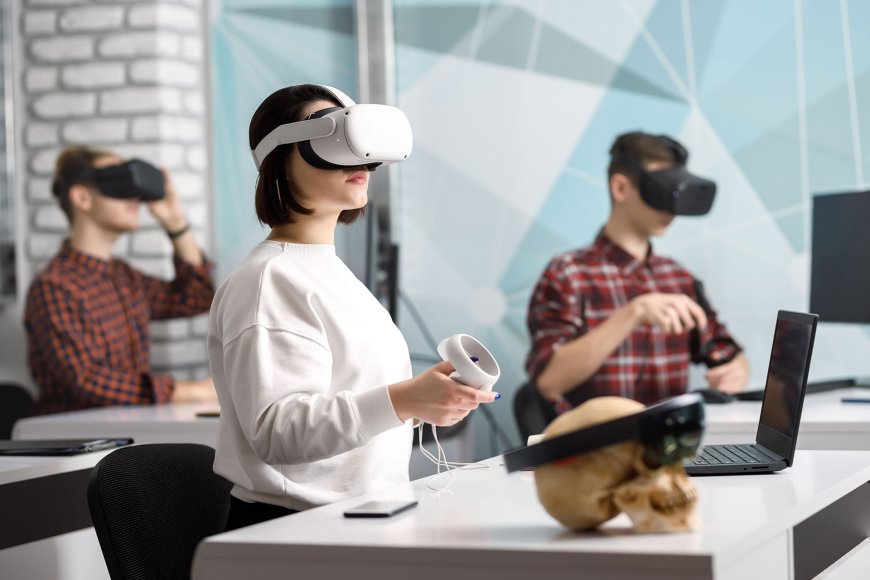
Definition:
Videos filmed in 360-degree view, allowing users to immerse themselves in a virtual environment using VR headsets or mobile devices.
✅ Advantages:
- Provides an immersive and realistic learning experience.
- Allows learners to explore environments safely.
- Highly effective for hands-on training.
✅ Best Used For:
- Workplace safety and hazard training
- Medical and surgical simulations
- Factory and industrial training
12. Stop-Motion Animation
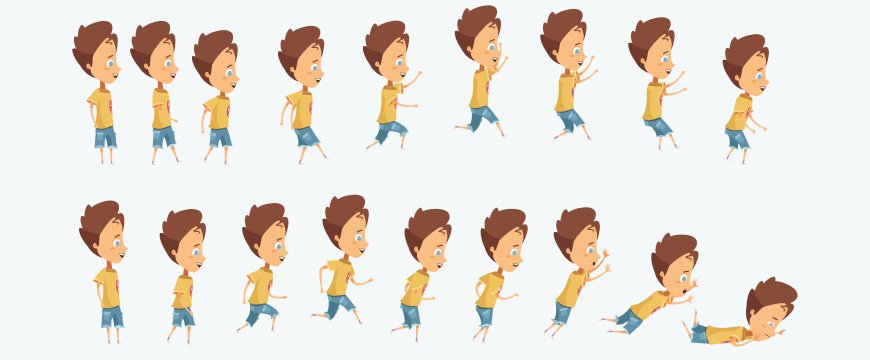
Definition:
A technique where objects or figures are photographed frame by frame to create motion.
✅ Advantages:
- Creative and attention-grabbing.
- Ideal for storytelling and educational narratives.
- Enhances engagement with a unique visual style.
✅ Best Used For:
- Storytelling-based educational content
- Science and concept explanations
- Creative learning modules
13. Kinetic Typography (Animated Text Videos)
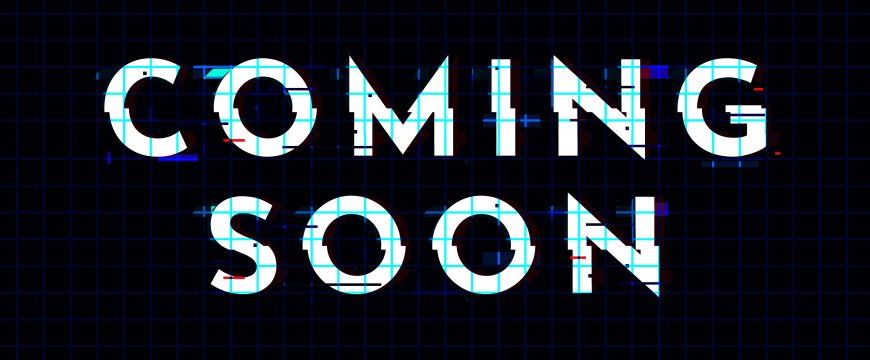
Definition:
Videos that feature dynamic, moving text synchronized with narration or music to create an engaging storytelling experience.
✅ Advantages:
- Captivating and energetic presentation.
- Ideal for motivational and awareness campaigns.
- Cost-effective for impactful videos.
✅ Best Used For:
- Motivational and inspirational content
- Awareness and educational campaigns
- Microlearning videos
14. Timelapse & Sketch Videos

Definition:
A video technique where hand-drawn sketches or illustrations are created in a time-lapse style, visually explaining concepts step by step.
✅ Advantages:
- Effective for explaining technical or scientific concepts.
- Helps maintain learners’ attention for longer periods.
- Ideal for visualizing abstract topics.
✅ Best Used For:
- Conceptual and scientific explanations
- Technical skill training
- Creative thinking and design education
15. Classroom Recordings (In-Person Lecture Videos)

Definition:
A live recording of a classroom session, capturing both the instructor’s lecture and student interactions.
✅ Advantages:
- Preserves the natural classroom learning experience.
- Allows students to revisit lessons for better retention.
- Great for blended learning models.
✅ Best Used For:
- University and academic courses
- Corporate training workshops
- Instructor-led certification programs
16. Webinar/Webcam Recordings
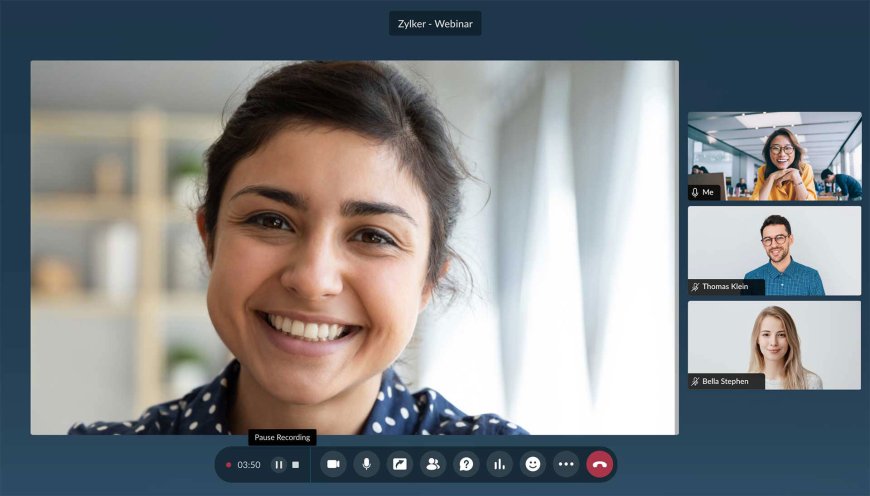
Definition:
A recorded session of a live webinar, virtual classroom, or online meeting, where the speaker presents content via webcam.
✅ Advantages:
- Cost-effective and easy to produce.
- Can be shared as on-demand content after the live session.
- Encourages real-time interaction with learners.
✅ Best Used For:
- Online courses and remote learning
- Virtual corporate training sessions
- Guest lectures and expert talks
17. Seminar & Conference Recordings

Definition:
A video recording of a seminar, conference, or industry event, often featuring multiple speakers and panel discussions.
✅ Advantages:
- Captures expert insights and knowledge sharing.
- Extends the reach of in-person events to a global audience.
- Can be repurposed for future training materials.
✅ Best Used For:
- Industry summits and academic conferences
- Business leadership and networking events
- Professional development and executive training
18. Lightboard Videos

Definition:
A transparent board with LED lighting, where instructors write while facing the audience, allowing for real-time explanations without turning away.
✅ Advantages:
- Combines visual explanation with personal interaction.
- Highly effective for STEM (science, technology, engineering, and mathematics) subjects.
- Engaging and easy to follow for learners.
✅ Best Used For:
- Science and engineering education
- Mathematical problem-solving
- Technical skill training
19. AI-Generated Educational Videos

Definition:
Videos created using artificial intelligence, featuring AI-generated instructors, voiceovers, and auto-generated captions.
✅ Advantages:
- Fast and cost-effective content production.
- Highly scalable for global audiences with multiple language options.
- Customizable based on learner preferences and adaptive learning models.
✅ Best Used For:
- Automated training modules
- Personalized learning experiences
- eLearning content in multiple languages
20. Augmented Reality (AR) Educational Videos
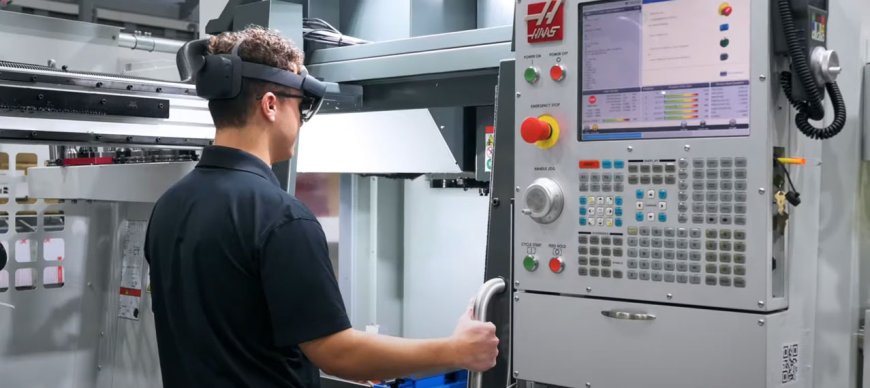
Definition:
AR-based videos allow learners to interact with digital elements in a real-world environment through a mobile device or headset.
✅ Advantages:
- Brings learning content to life in a hands-on way.
- Enhances engagement through interactive elements.
- Ideal for technical, industrial, and medical training.
✅ Best Used For:
- Medical and anatomy training
- Engineering and manufacturing training
- Interactive mobile learning experiences
21. Social Media Learning Videos

Definition:
Short, snackable educational videos designed for platforms like TikTok, Instagram Reels, YouTube Shorts, and LinkedIn.
✅ Advantages:
- Easy to consume and highly shareable.
- Reaches a broader audience through social media.
- Encourages informal and self-paced learning.
✅ Best Used For:
- Quick tips and hacks for learning
- Marketing and business-related training
- Public awareness and educational campaigns
22. Case Study & Testimonial Videos

Definition:
Real-world case studies, success stories, and testimonials from learners or professionals sharing their learning experiences.
✅ Advantages:
- Builds credibility and inspires learners.
- Provides real-life context and applications of training.
- Great for learner motivation and engagement.
✅ Best Used For:
- Corporate training success stories
- University and academic course testimonials
- Professional development programs
23. POV (Point of View) Educational Videos
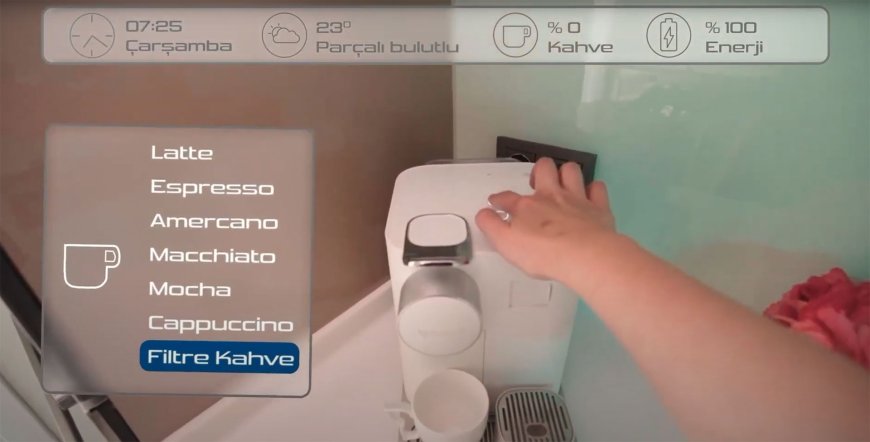
Definition:
These videos are filmed from a first-person perspective, allowing learners to experience a scenario as if they were personally involved.
✅ Advantages:
- Creates an immersive and engaging learning experience.
- Simulates real-world situations effectively.
- Ideal for hands-on and skill-based training.
✅ Best Used For:
- Workplace safety and field training
- Customer service and retail training
- Practical skill development
24. Hologram-Based Learning Videos

Definition:
Holographic videos use 3D holograms to present information, allowing learners to interact with educational content in an innovative way.
✅ Advantages:
- Provides a highly immersive and interactive experience.
- Enhances visualization of complex concepts.
- Can revolutionize STEM education and training.
✅ Best Used For:
- Medical and surgical training
- Engineering and physics courses
- Virtual lectures and presentations
25. Documentary-Style Educational Videos

Definition:
Educational videos filmed in a documentary format, featuring real-life scenarios, expert interviews, and in-depth research.
✅ Advantages:
- Makes learning more engaging through storytelling.
- Provides a deeper understanding of historical, cultural, or scientific topics.
- Encourages critical thinking and empathy.
✅ Best Used For:
- History, science, and arts education
- Social awareness and activism campaigns
- Industry insights and professional learning
26. "How-To" Step-by-Step Instructional Videos

Definition:
Practical educational videos that break down a skill, task, or process into step-by-step instructions, allowing learners to follow along easily.
✅ Advantages:
- Easy to follow and highly effective for skill-building.
- Encourages hands-on learning and practice.
- Perfect for self-paced learning.
✅ Best Used For:
- DIY (Do-It-Yourself) projects and crafts
- Technical skill development and vocational training
- Everyday practical learning
Choosing the Right Video Format to Enhance the Learning Experience
Educational videos should be selected based on content type, target audience, and learning objectives. The right format makes the learning process more effective, engaging, and accessible.
Recommendations for Choosing the Right Video Format:
✅ For Realistic Training:
Classroom recordings, live-action footage, and role-play videos are excellent tools for teaching students or employees how to respond to real-world scenarios.
✅ For Explaining Complex Processes:
Motion graphics, 3D animations, interactive videos, simulation videos, and lightboard videos are the most effective methods for visually explaining technical topics and abstract concepts.
✅ For Increasing Learner Engagement:
VR, 360° videos, augmented reality (AR) videos, interactive videos, role-play videos, and simulation videos create an immersive learning experience, enhancing learner engagement. These formats allow users to make decisions within a scenario or actively participate in a process, making learning more effective.
✅ For More Entertaining and Attention-Grabbing Content:
Stop-motion, kinetic typography, time-lapse videos, and ASMR educational videos make learning more enjoyable and memorable.
✅ For Information Sharing and Knowledge Transfer:
Webinar recordings, seminar footage, videocasts, and documentary-style educational videos are ideal for presenting expert opinions, academic discussions, and real-world experiences.
✅ For Enhancing Interaction and Feedback:
Poll & survey-based videos and gamified learning videos encourage active participation, making the learning experience more personalized.
✅ For Developing Practical Skills:
POV (first-person) educational videos and "How-To" step-by-step instructional videos help learners develop hands-on skills through immersive and experiential learning.
✅ For Mobile and Fast-Paced Learning:
Social media-friendly short educational videos and microlearning videos make information quickly accessible and effective for on-the-go learning.
At EdTech Türkiye, we continue to share best practices to make educational videos more accessible, engaging, and effective.
Prepared with the contributions of Mediarubic Digital Learning Solutions.
Interested in Customized Training Solutions?
If you would like to learn more about this topic or request a customized training program for your organization, feel free to contact us. Our professional team is ready to provide you with the most tailored and effective solutions to meet your needs.
Copyright Notice:
All content on this website is protected under copyright laws. Unauthorized copying, distribution, or reproduction of any materials is strictly prohibited. All rights reserved. Prior written permission is required for any form of usage.
Note: Prepared with the contributions of Mediarubic Digital Learning Solutions.